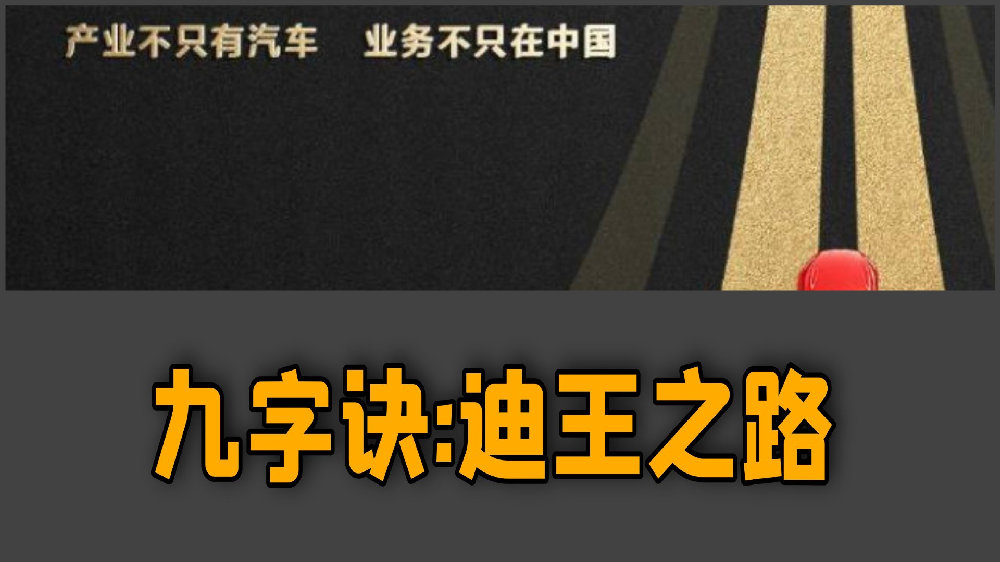"Hey Big Bun Li, can you give me some advice on what new energy vehicle (EV) to buy?"
This is the most common message I've received in person and through private messages recently. As the EV market is booming, even our small city with no license plates limit or car buying restrictions, is caught in the whirlwind of the new energy. More and more people around us are choosing EVs, and in these conversations, one brand name stands out the most: BYD.
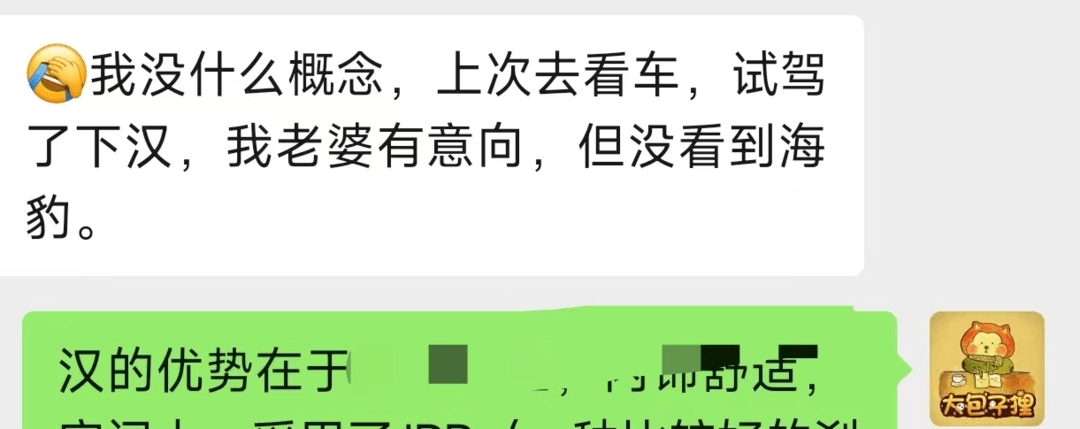
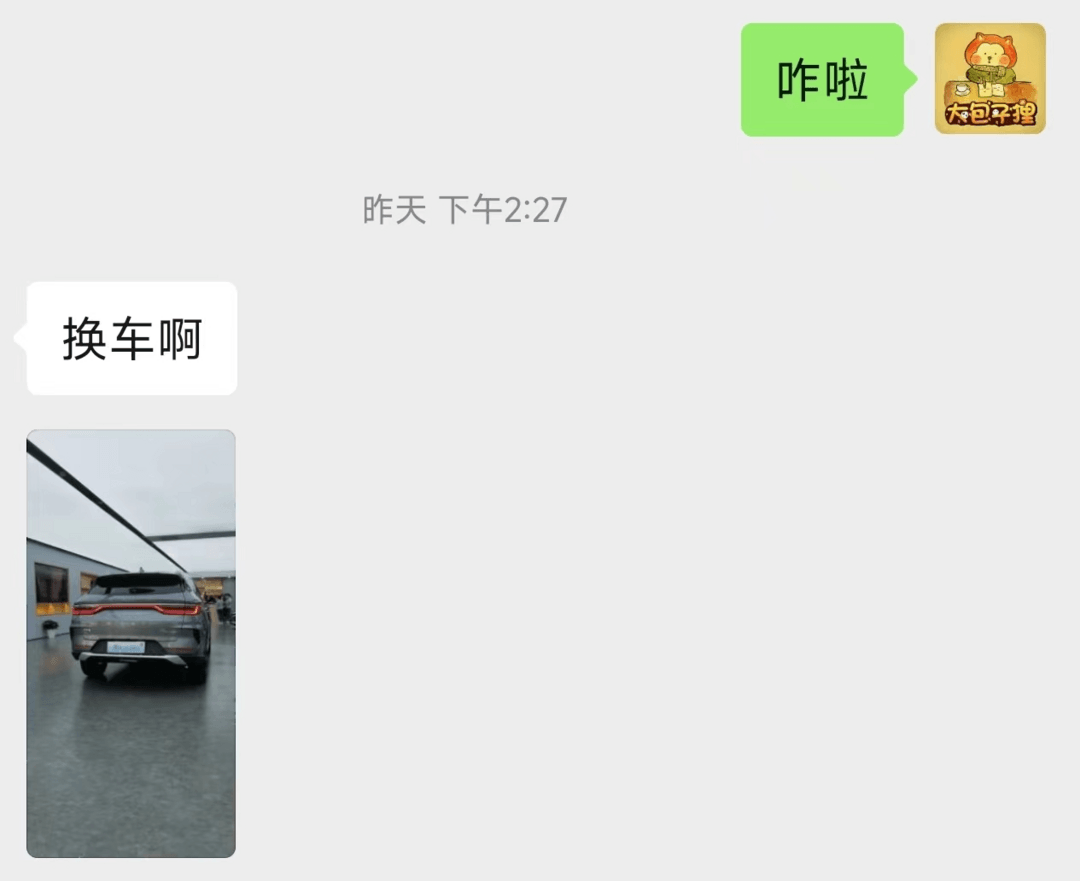
Almost every car buyer mentions BYD, and even though they may eventually choose another brand, not considering BYD for an EV purchase seems unreasonable, as BYD has proven their excellence with their impressive sales performance. In July alone, BYD sold 162,214 units, a YoY increase of 184.7%. Among them, DM models sold 81,223 units, while EV models sold 80,991 units. With a monthly sales volume of over 160,000 units, BYD's sales figure is almost the highest among all the domestic EV brands, and they well deserve the title of "King of EVs."
## From a Start-up to Being King: 27 Years of Endeavors Have Paid Off
According to the sales data released by China Passenger Car Association, BYD ranked No.1 in the passenger car market in July, leaving other brands far behind. Here "leaving other brands far behind" refers to the fact that BYD's sales volume is higher than the combined sales volume of brands ranked 3 to 12, excluding Tesla and Wuling MiniEV; it is just like "I can easily beat ten people at the same time!"
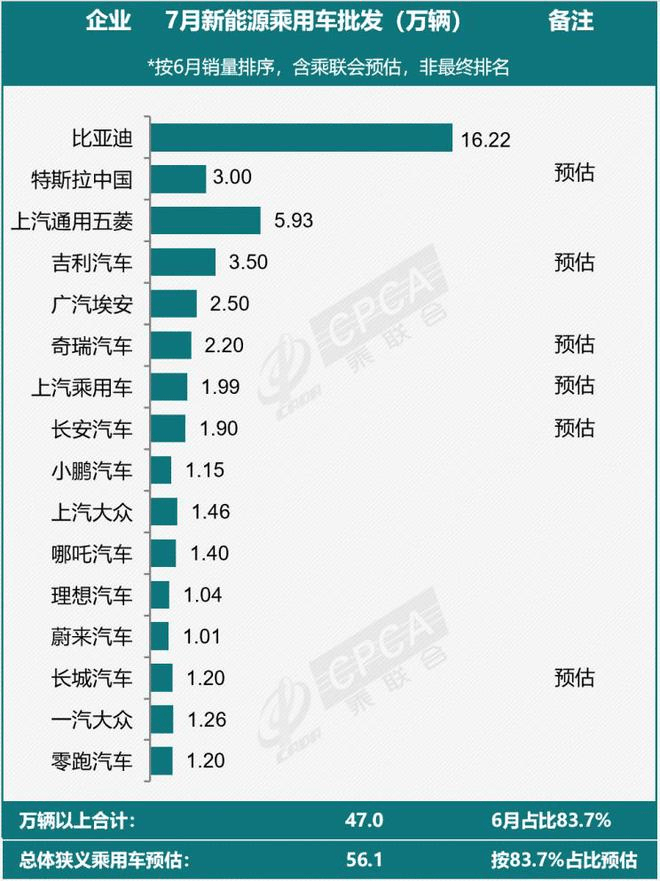
Looking at sales by model, generally, if an EV sells over 10,000 units in a month, it is considered a hit. And in July, BYD almost had a clean sweep:
- Han series sold 25,849 units;
- Tang series sold 11,788 units;
- Song series sold 38,697 units;
- Qin series sold 34,114 units;
- Yuan series sold 221,721 units;
- Destroyer 05 sold 7,548 units;
- Dolphin sold 21,005 units.
From the above data center, we can see that except for the destroyer 05 due to its later listing, all other models have exceeded 10,000 vehicles, among which the Song family set a record of reaching 38,600 units, also setting a new record in sales of domestic pure electric SUVs.
Not only the sales record, but also on the day of the release of the sales, the Fortune Global 500 list was announced, and BYD was proudly listed. Within one day, it was a moment of double joy. It has to be said that when it comes to the throne of the king of electric vehicles, who can compete with BYD?
However, it must be said that from the establishment of BYD in 1995 to 2022, after 27 years of challenges and perseverance in self-research and long-termism, we can see that BYD of today is the result of hard work. Therefore, the title of the king of electric vehicles is well-deserved!
Building High Walls and Establishing Technological Barriers
The most important reason why BYD is able to achieve such results is that BYD has independently developed the core technology of new energy vehicles and built a closed-loop technology barrier. This huge wall not only closed the loop, but BYD also tackled the core pain points of new energy vehicles and responded to the most focused needs of consumers.
For example, the core of new energy vehicles lies in the power battery, which is also the biggest difference between them and traditional vehicles. However, due to safety issues brought by the power battery, and the occurrence of some self-ignition incidents, new energy vehicles have become a focal point of various automotive news. The biggest problem of self-ignition of new energy vehicles is the safety of the power battery. On this point, BYD’s “boatman brother” does not avoid it, and says it out loud:
After reading the three pictures above, I can summarize them as follows:
-
Battery ignition is the biggest enemy of new energy vehicle development.
-
Therefore, BYD has developed the blade battery to solve the problem of self-ignition in the battery field.
-
After the battery safety problem is solved, BYD continues to explore the research and development of vehicle safety technology and focus on a broader field of safety.
It is easy to understand that although the battery is important, it is only a part of the whole vehicle. The real safety lies in the overall vehicle. So, what kind of hardcore technology has BYD developed for vehicle safety?### CTB Battery Technology
This technology may not be easily understood by ordinary consumers and can easily be confused with CTP technology. To put it in simple terms, let me use a rough analogy:
-
Power batteries mainly include a shell and a core, just like a bag filled with AA batteries. In the early days of technology, a few batteries were packed in a box, then a few boxes were packed in a larger box, and then the larger box was installed in the chassis of a car, and the upper and lower covers of the chassis were closed. This was considered good.
-
In the era of CTP, through technological development, batteries have become safer and no longer require an additional layer of packaging. We directly put the batteries in a larger box, then install the box in the car chassis, and finally close the upper and lower covers of the chassis. The space of these boxes can accommodate more batteries.
-
In the era of CTB, batteries are now so safe that even a box is no longer needed. We add some accessories to the batteries and put them directly into the chassis, then close the upper and lower covers of the chassis. This saves both box and space and allows for more batteries to be installed.
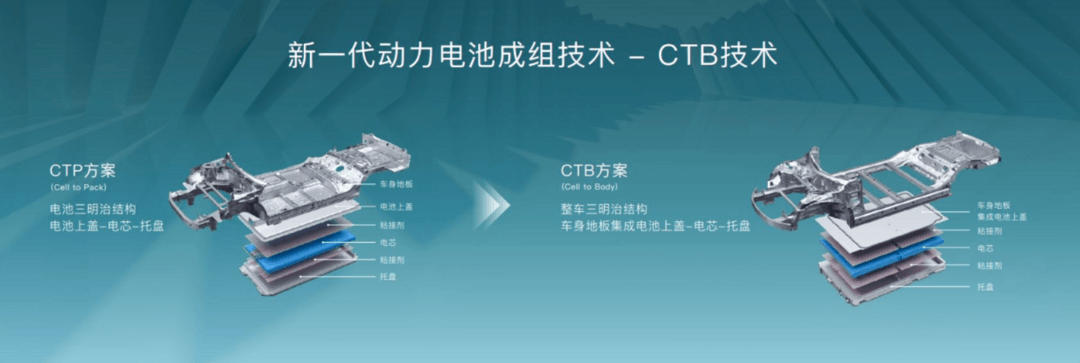
Through the above explanation, you should have a clearer understanding of this technology. The most frequently mentioned keywords are “safety” and “more batteries”, which are also the core concerns of Chinese consumers regarding new energy vehicles, namely “fire safety” and “driving range”.
It can be said that 100% of new energy vehicle consumers will first ask sales consultants:
How many kilometers can this car run? Will the battery catch fire?
Almost no consumers will ask these questions:
What chip is used in the driving assistance system? How is the LCC’s cornering and sensing ability?
This is the current situation in China and the core issues that new energy vehicles leave to consumers. Faced with this “math problem,” BYD, a top-performing engineering student, has continued to provide answers in the field of power batteries, exhibiting the style of a “task master” in a special economic zone. And BYD’s answer hit consumers’ pain points.
CTB battery technology directly inserts high-safety blade batteries into the chassis, no longer requiring the chassis to make mechanical and spatial concessions for battery boxes, and re-optimizes the entire chassis’s strength. It consists of an upper cover, blade batteries, and a tray sandwich structure of the entire vehicle, breaking through the structural strength of the battery system and empowering the safety of the entire vehicle. Because blade batteries use lithium iron phosphate materials, they have a higher combustion point, making it theoretically impossible for them to catch fire.
Broadening the World Business Layout through Abundant GrainOn the day of publishing its sales and ranking in the Fortune Global 500 list, BYD released a meaningful poster with a conspicuous sentence: “Industry is not just about cars and our business is not only in China”.
This short sentence demonstrates BYD’s global ambition and full range of business chain layout, emphasizing that Di-Wang’s (BYD’s founder) vision is not limited to new energy vehicles.
In terms of sales, on July 21st, BYD passenger cars officially announced their entry into the Japanese market and launched three car models – Yuan PLUS, Dolphin, and Sea Lion. Instantly, the news went viral across the internet. It was a thrilling moment for Chinese cars to explore the Japanese car market, which is considered to be one of the world’s top auto-stronghold countries.
Before many people had time to fully digest this news, on August 1st, BYD announced another partnership with Hedin Mobility, a European dealership group, to provide new energy vehicle products for the Swedish and German markets, in addition to its presence in Australia and New Zealand. By this, BYD’s passenger cars have already started their global layout, and there are even rumors that BYD will participate in the Paris Motor Show in October 2022, one of the world’s five most influential auto exhibitions, allowing BYD to gain more attention and better foundation in the European market.
Moreover, BYD is a giant company with a huge range of businesses. Currently, it has four main lines of business: automotive, mobile phone parts and assembly, energy storage, and rail transit. In terms of revenue composition, automotive accounts for 50%, mobile phone manufacturing accounts for 40%, energy storage accounts for 7%, and rail transit is still in the research and development phase.
Looking at the mobile phone manufacturing business in particular, BYD is also a leading global provider of smart product solutions with a business scope covering smartphones, laptops, new smart products, automotive smart systems, medical health, and other fields. Furthermore, BYD Electronics is the only company in the world that can provide a full range of structural parts and whole-machine design and manufacturing solutions for metal, glass, ceramics, plastics, and sapphire, and its research and development capabilities and technological innovation capabilities are in the industry-leading position. It can be said that BYD is an outstanding player among new energy technology manufacturing enterprises with such a broad range worldwide.
Therefore, to become a king, one must build high walls and store plenty of food. This must be the path to success for BYD.In the current trend, Diwang may have just begun…
This article is a translation by ChatGPT of a Chinese report from 42HOW. If you have any questions about it, please email bd@42how.com.
